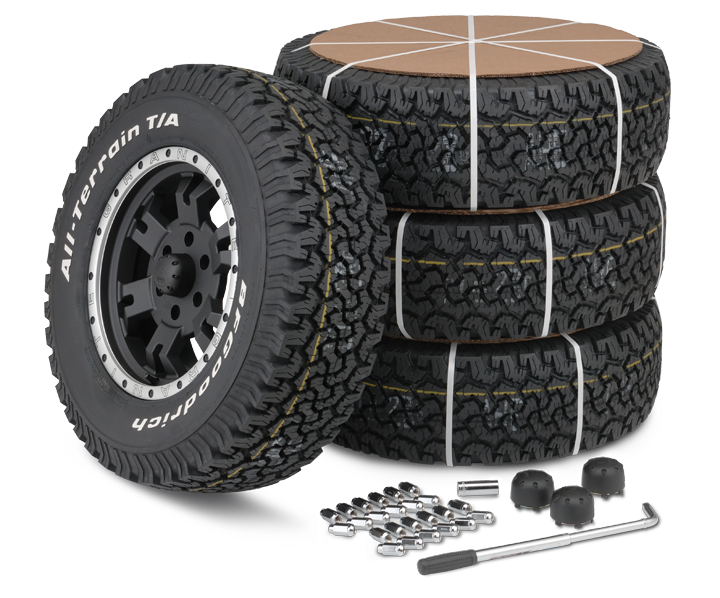Finest Bargains on Discount Tires Morris IL: High Quality Tires at Affordable Prices
Finest Bargains on Discount Tires Morris IL: High Quality Tires at Affordable Prices
Blog Article
Tire Solution: The Effect of Climate Condition
When it concerns making sure optimum performance and safety when traveling, comprehending the effect of climate condition on tire solution is crucial. From scorching heat to icy roads, each weather element can significantly affect tire functionality and general driving experience. By delving right into the effects of varying climate conditions on tires, chauffeurs can gain valuable insights that might improve their automobile's performance and durability. In this discussion, we will discover the complex relationship in between climate condition and tire service, dropping light on the value of weather-specific tire maintenance methods and factors to consider.
Warmth and Tire Performance
When exposed to heats, tires experience adjustments in efficiency that can substantially affect vehicle safety and security and handling. The warmth created from extended driving or heat problems causes the tire rubber to soften, causing lowered tread life and raised wear. As the rubber becomes softer, the tire's grasp when driving reduces, influencing braking distances and overall traction. In severe situations, excessive heat can even create tire blowouts, posturing a serious safety and security threat to the lorry and its owners.
Furthermore, high temperature levels can increase the process of tire aging, causing the rubber to deteriorate much more rapidly. To mitigate the results of warmth on tire performance, vehicle drivers should on a regular basis inspect their tire pressure, turn tires to make sure also put on, and check for any indicators of damage.
Cold Weather Results
Cold weather conditions can have a significant effect on tire performance and safety. As temperature levels decrease, tire rubber can harden, leading to decreased grip on icy or snow-covered roadways. In cool weather condition, tires may additionally shed atmospheric pressure much more rapidly, which can affect handling and gas efficiency. In addition, cold temperature levels can create tire sidewalls to stiffen, enhancing the threat of damages from craters or other road threats.
To reduce the effects of cold weather on tires, it is vital to regularly check tire pressure and inflate them to the supplier's advised levels. Using winter season or all-season tires designed for chilly climate conditions can additionally boost traction and grip on icy or snowy roadways - mopar tire service specials. Proper tire maintenance, including routine examinations for wear and damage, comes to be also a lot more critical during chillier months to guarantee optimum performance and safety and security
Rainy Conditions Impact
Tires with damaged footsteps are more susceptible to hydroplaning, where a layer of water builds up in between the roadway and the tire surface area, leading to loss of traction. To fight this, motorists should consistently evaluate their tires for sufficient tread deepness and consider spending in tires particularly developed for wet problems.

Snow and Tire Security
When driving in snowy problems, having the ideal tires can make a considerable distinction in safety and efficiency. Wintertime tires are designed with special rubber compounds and step patterns to provide much better grip on snow and ice contrasted to all-season tires.
In addition to using winter tires, it is essential to ensure browse around this site they are properly blown up. Cold climate can cause tire stress to go down, influencing traction and handling (discount tires morris il). On a regular basis inspecting and preserving the proper tire stress is necessary for optimum efficiency in snowy problems

Weather-Related Tire Upkeep
Weather-related tire upkeep includes an array of methods intended at making certain optimal tire feature and durability in different weather condition situations. One crucial facet of weather-related tire upkeep is tire pressure policy. Checking tire step get redirected here consistently and changing tires when walk wear reaches a particular deepness is crucial for keeping traction and security in negative weather condition.
Verdict
Finally, climate conditions have a substantial effect on tire efficiency and security. From heat influencing tire stress and wear to winter lowering grip, it is important to think about the weather when keeping and utilizing tires. Stormy conditions can lower hold and cause hydroplaning, while snow can boost the risk of accidents if tires are not appropriately geared up. Weather-related tire upkeep is critical in ensuring optimal performance and safety on the roadways.
In this discussion, we will explore the complex relationship between weather condition conditions and tire service, dropping light on the value of weather-specific tire maintenance practices and considerations.

Report this page